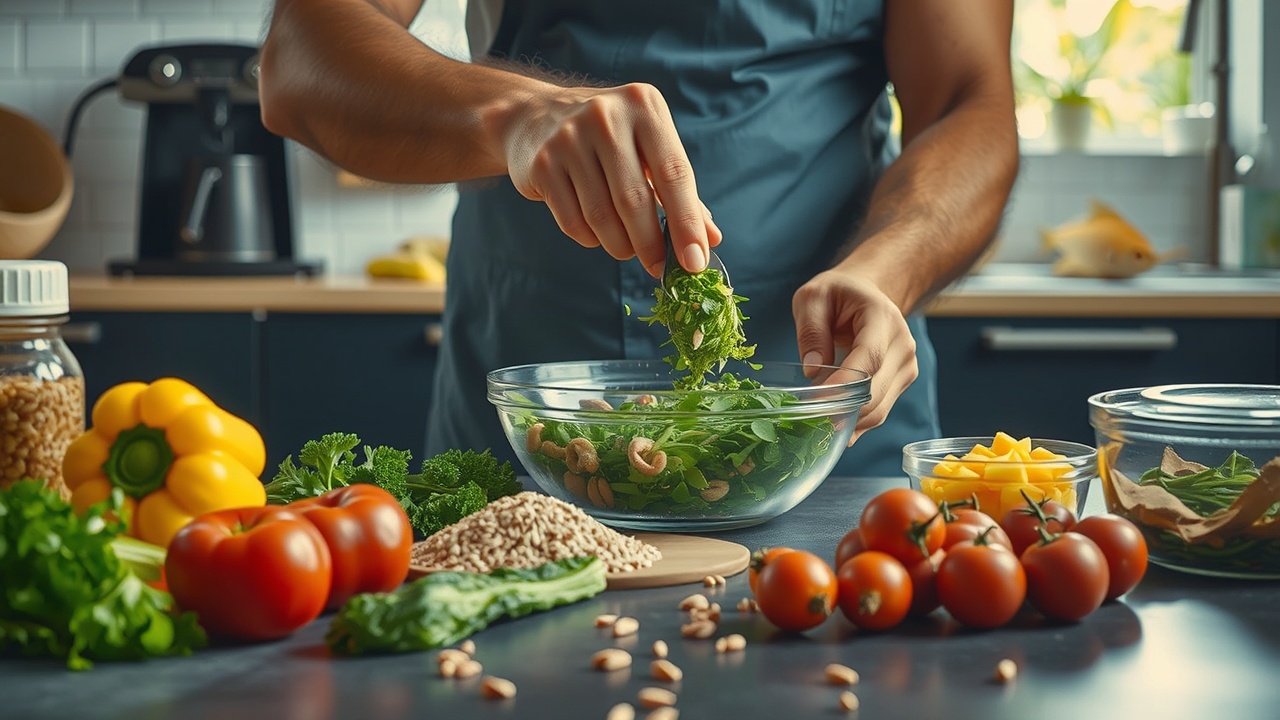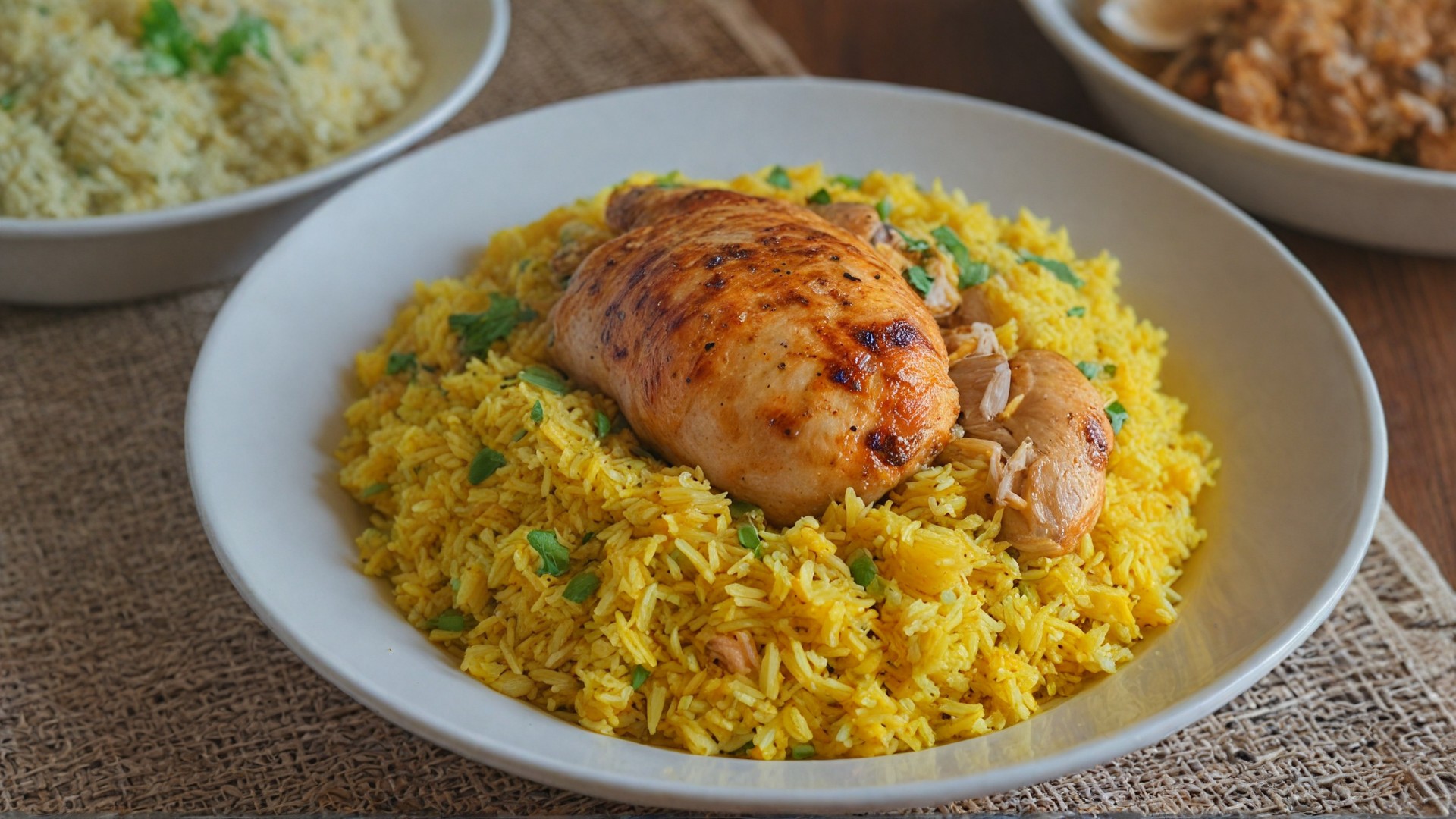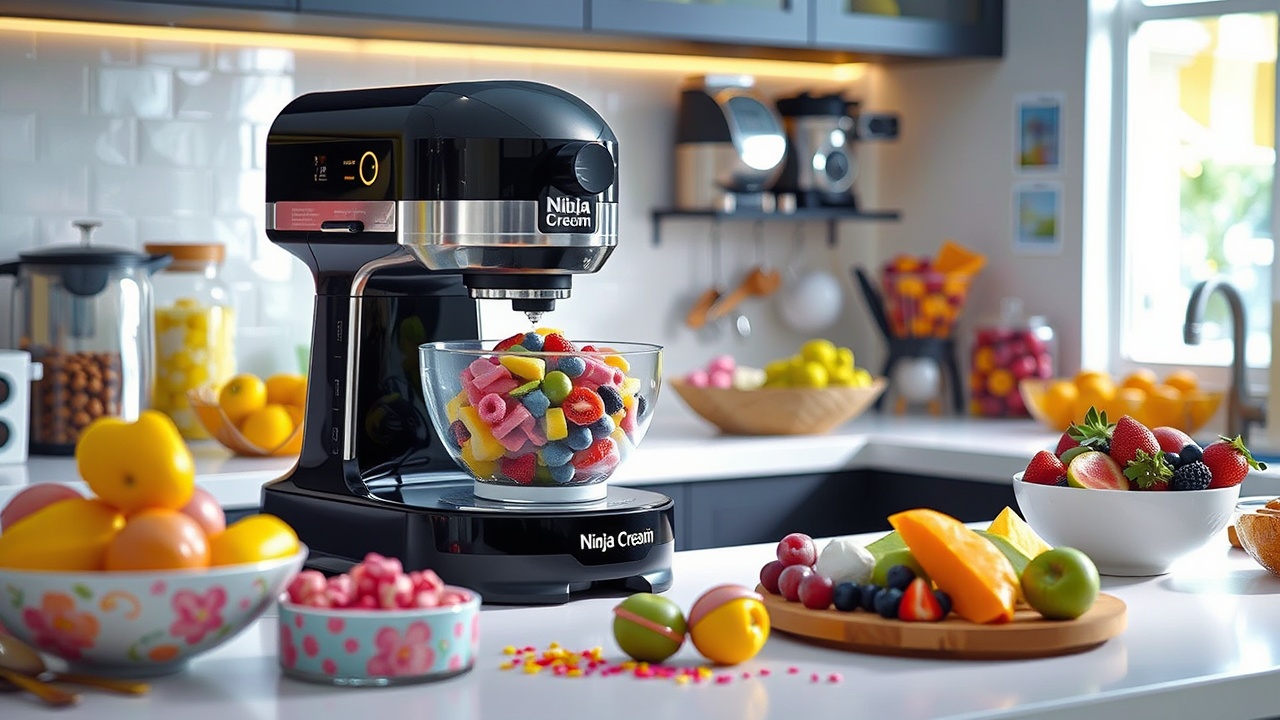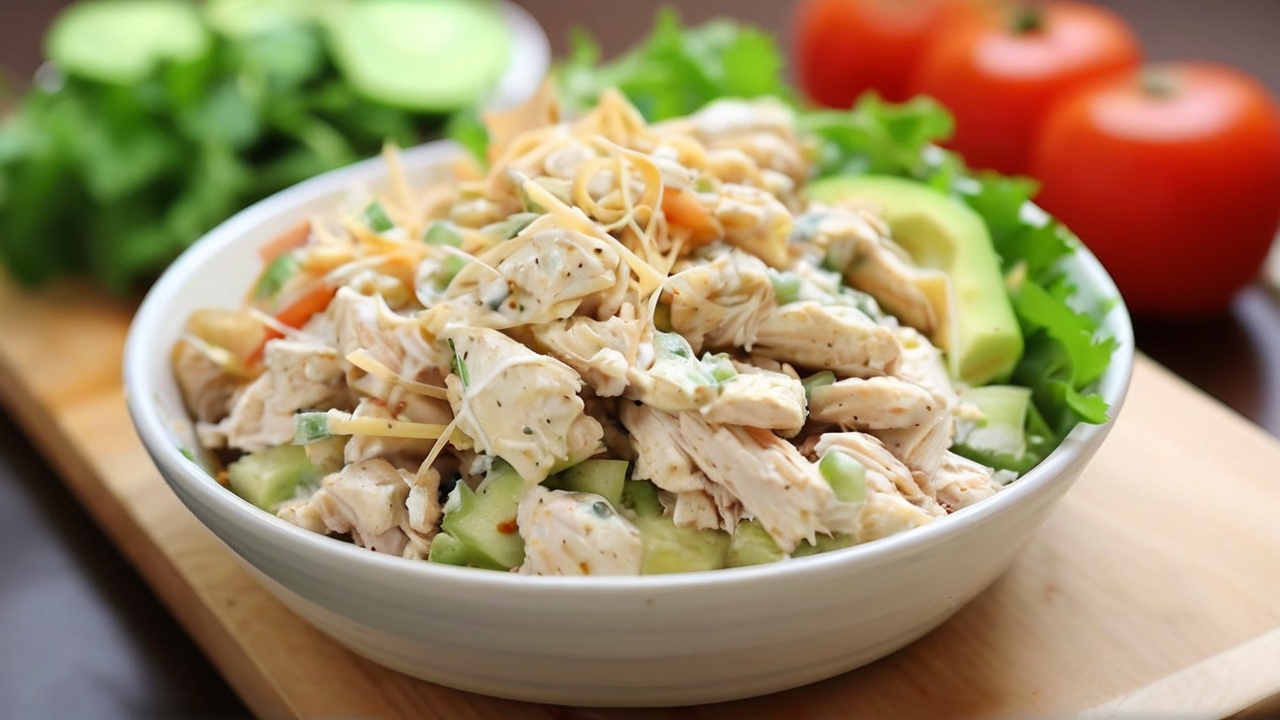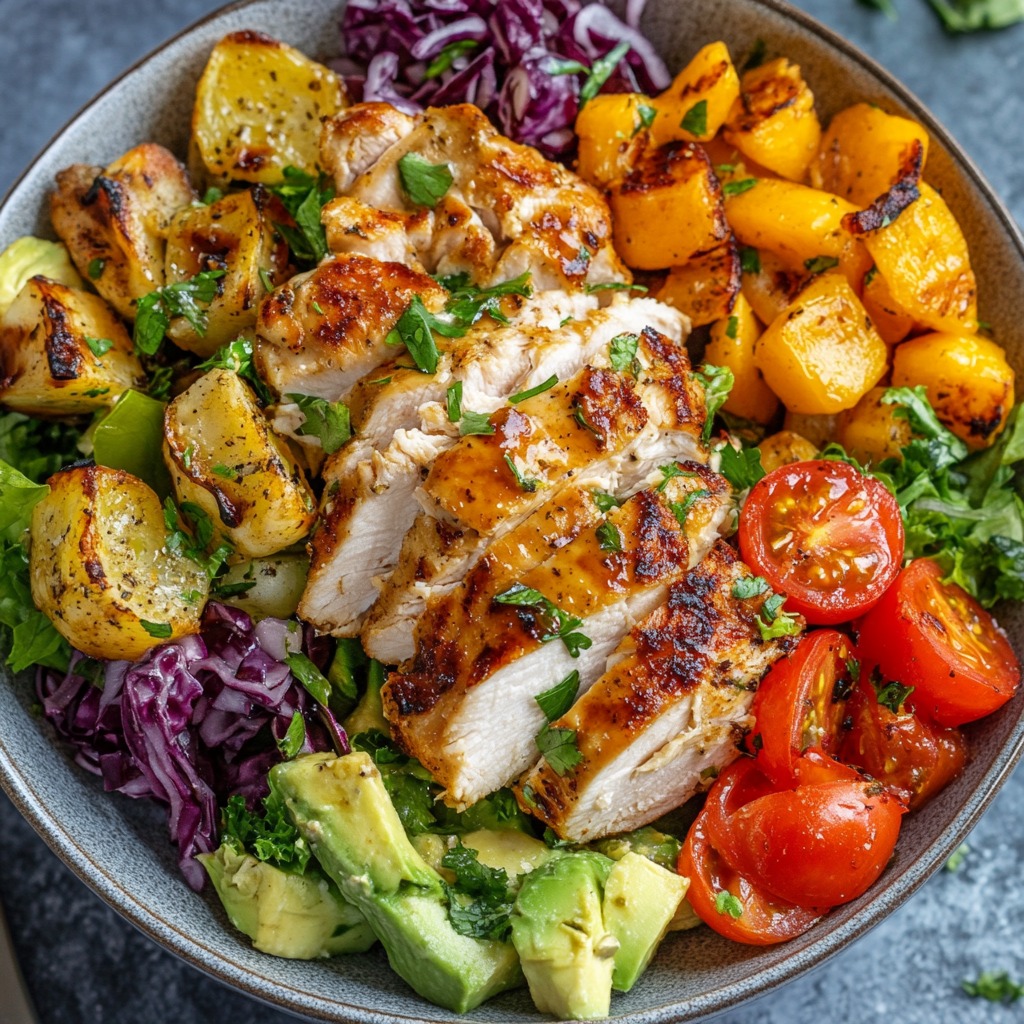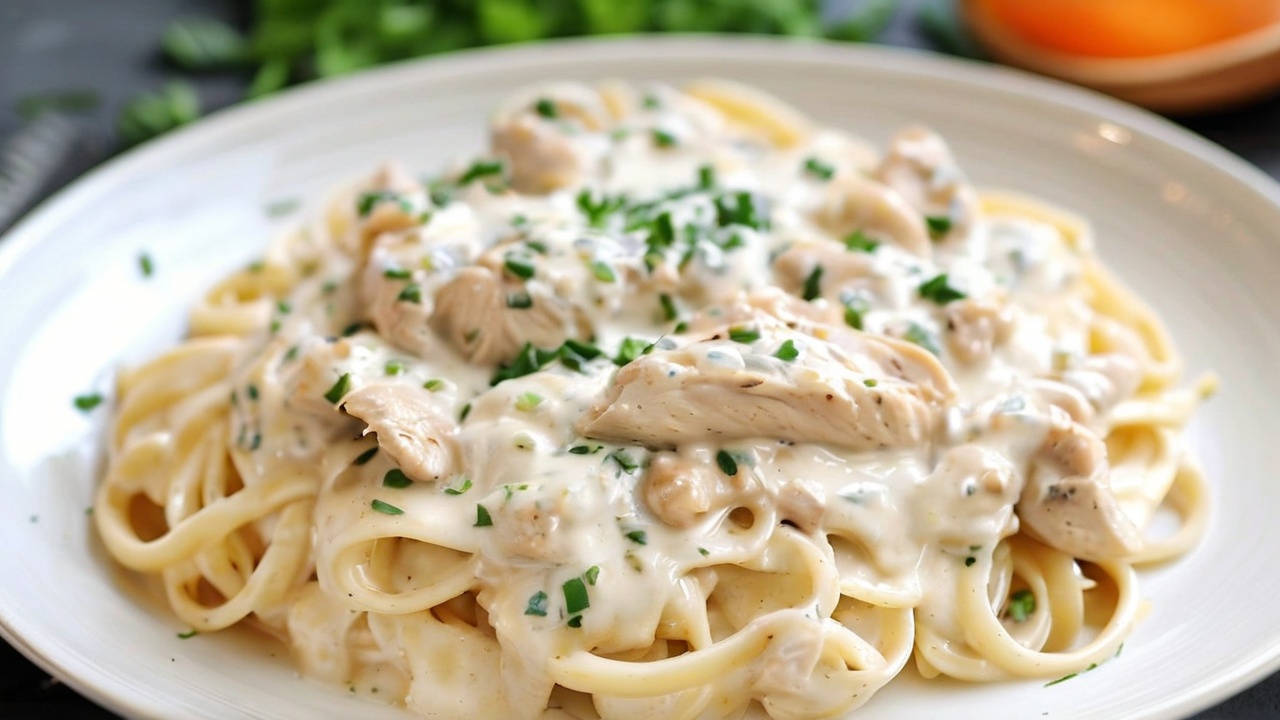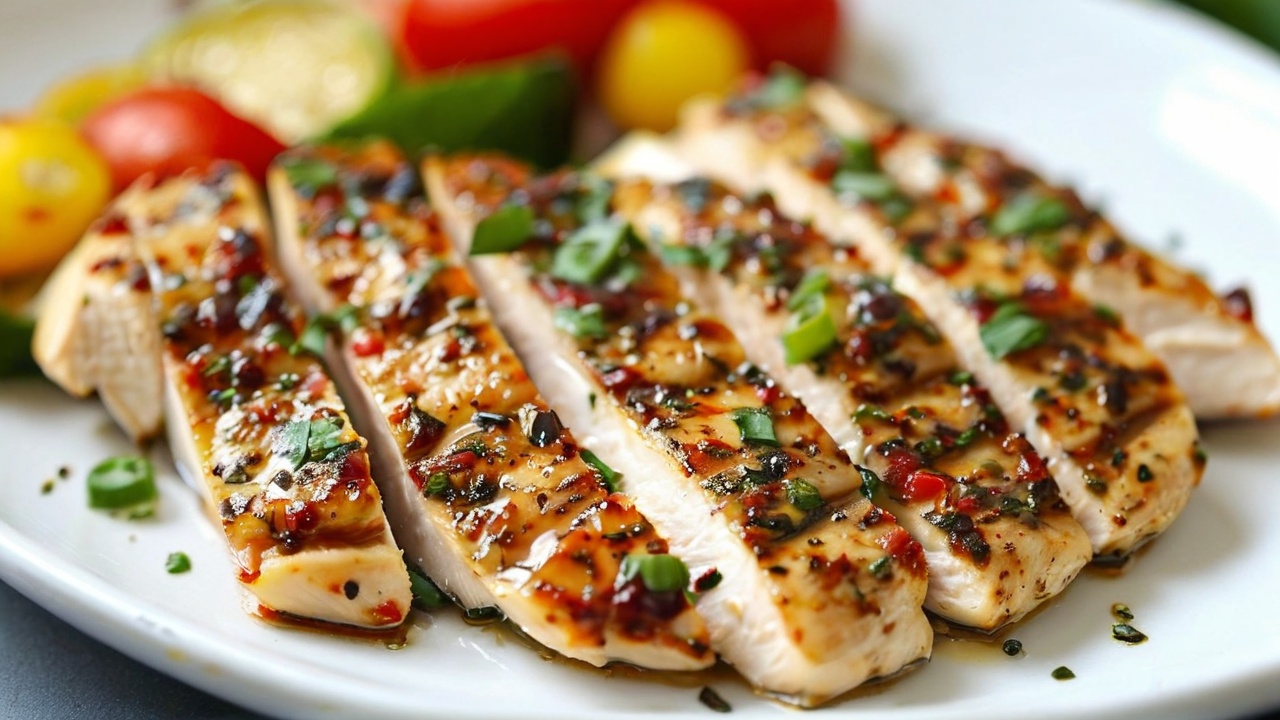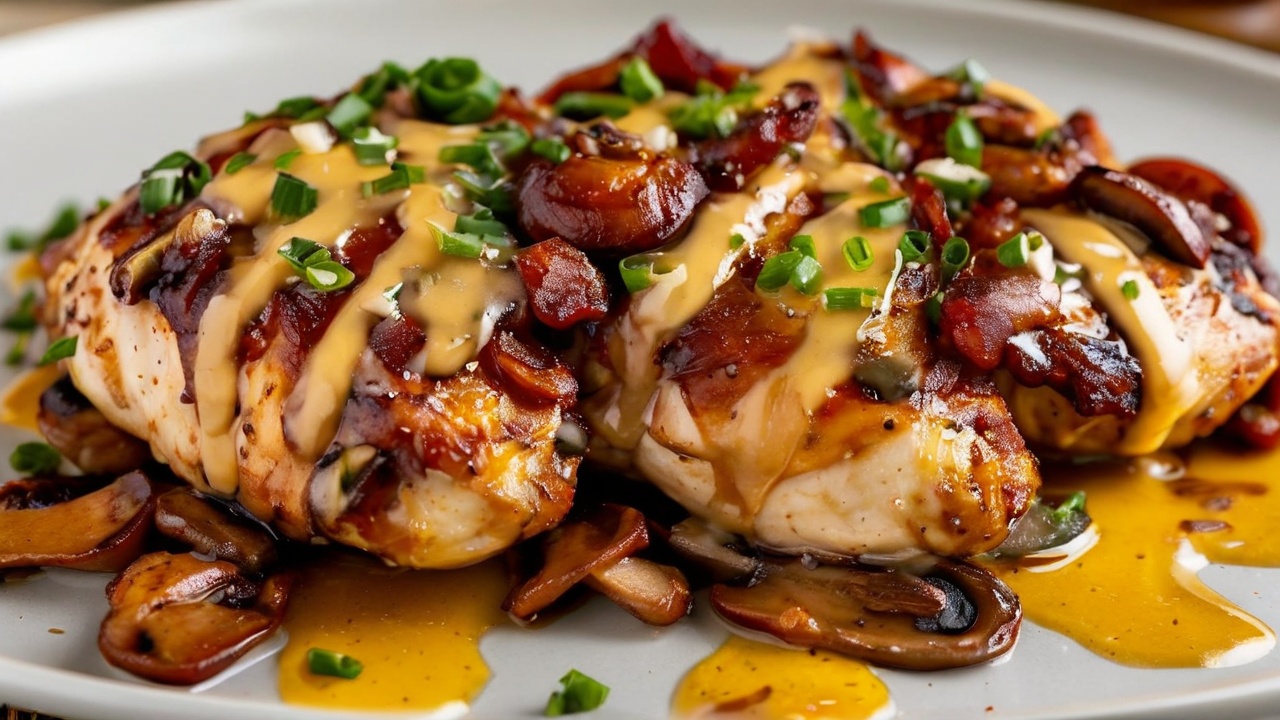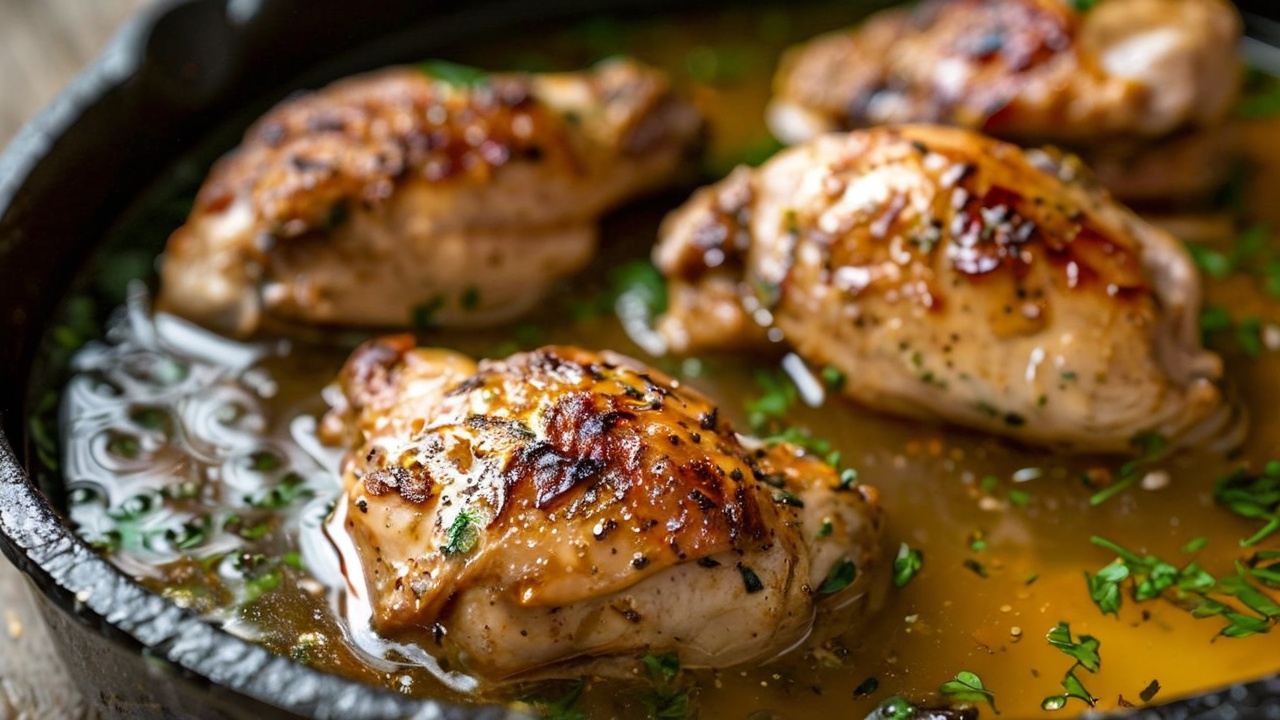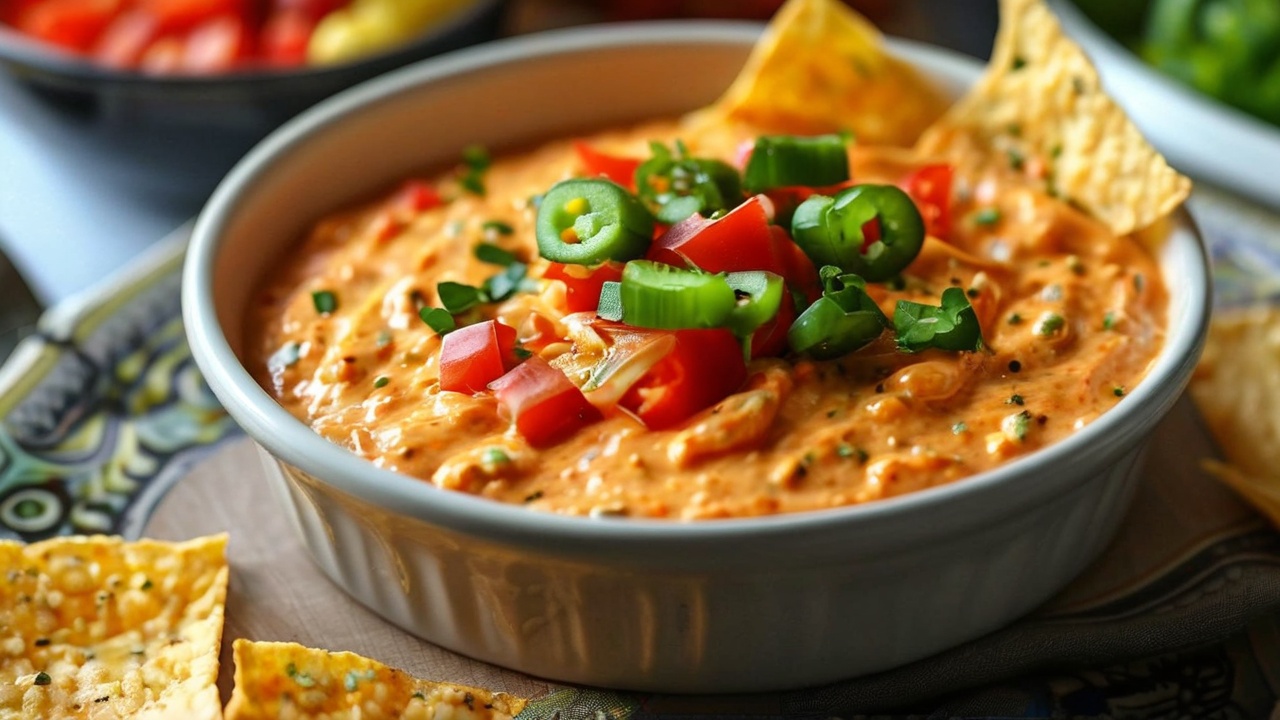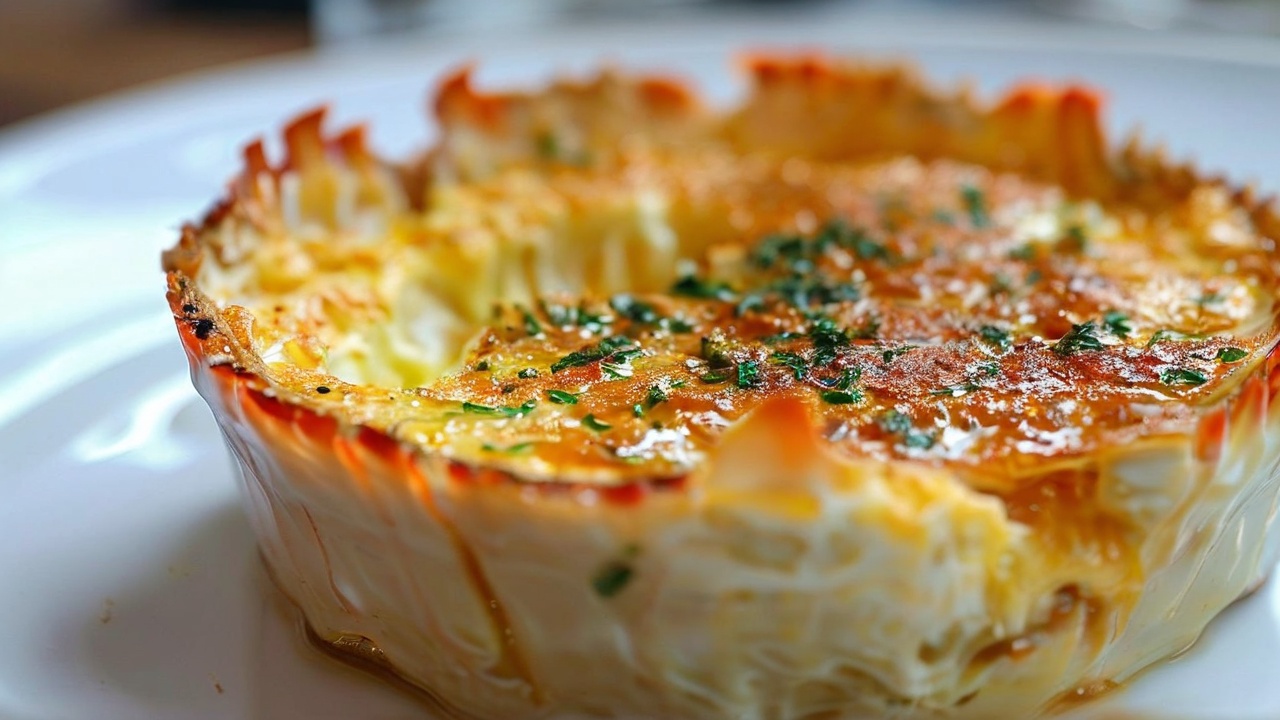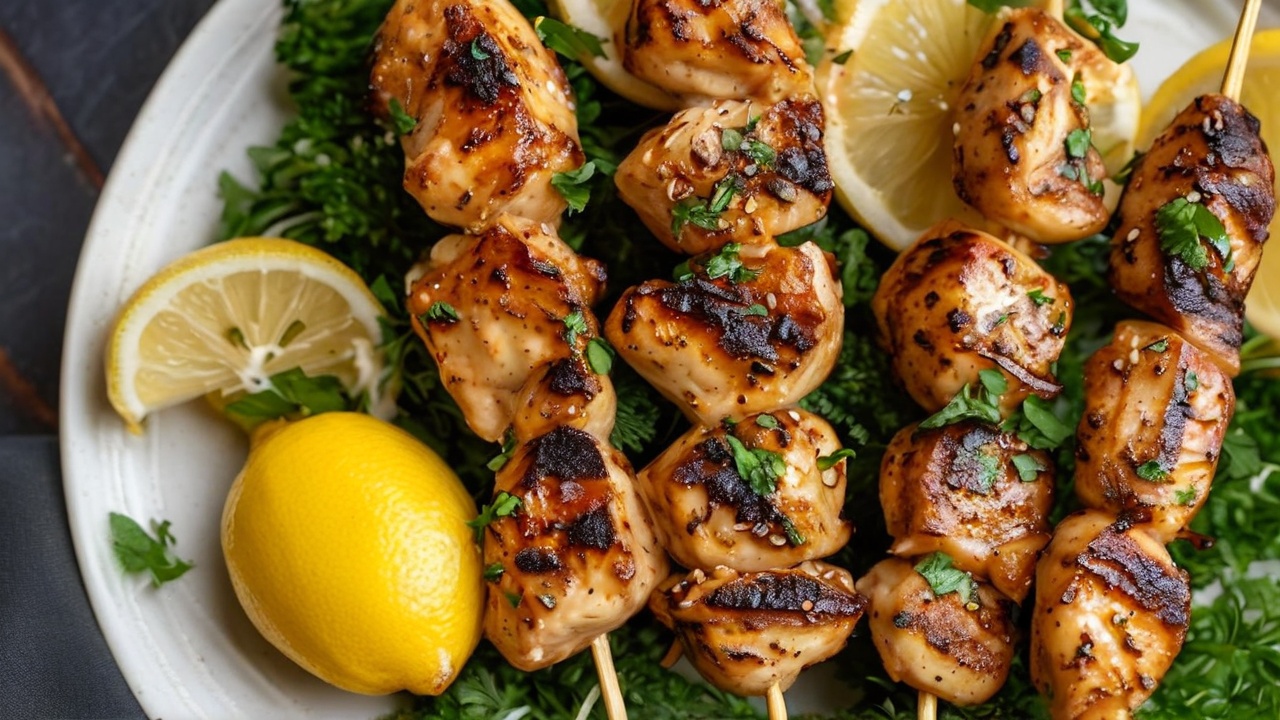Home-made fish food can be a more rewarding and cheaper way to feed your aquarium pets with a healthy and balanced diet. Commercial fish food is easy and convenient but usually has artificial additives, preservatives, and other chemicals that are not always the best for your fish. When you are making your own fish food you control what goes in it and thus your fish get the best of the best nutrition. Here is a complete recipe, the process and some tips for making aquarium fish food at home.

The Importance of Quality Fish Food
And just like your would with any other pet you own, fish need a balanced diet to stay healthy. Proper ratio protein, vitamins, minerals and fats: the right ratio creates robust growth and enhances the color of your fish and will gives the good hygiene of the fish. The dietary needs of fish vary by species, so you need to check what type of food your fellow pet requires. Fish can be herbivorous, carnivorous, or omnivorous (although the omnivores need a mixture of plant and animal matter).
Before we go into the recipe, I would like to point out that fish food has to be species appropriate. Not all fish are vegetarians and may require protein-rich food. If you have other types of fish in your tank that eat other foods, you might want to mix some plant and protein based things as well.
Ingredients for Homemade Fish Food
One of the advantages of preparing your own fish food is being able to choose the components yourself, making sure it is fresh and good quality. Here is some of the basic ingredients you will need for a healthy balanced fish food mixture. This composition can vary depending on the type of fish you are feeding.
1.Protein Source
For fish especially carnivorous fish, protein becomes important. Every Homemade Fish Food contains protein and some common sources of protein are —
- Shrimp (frozen or fresh)
- Fillets of fish (e.g.s. Tilapia or Salmon)
- Krill
- Earthworms (chopped finely)
- Spirulina alga (plant protein for any herbivore or omnivore fish)
Herbivorous and omnivorous species can be provided with plant proteins such as spirulina or chlorella.
2.Vegetables and Greens
Vegetables are essential for getting enough vitamins and fiber. Vegetables that you can include with your fish feed are:
- Spinach
- Peas (blanched and mashed)
- Zucchini (finely chopped)
- Carrot {grated or very finely chopped}
- Cucumber
- Seaweed (nori or kelp)
Those vegetables will provide the fish wiht vitamins, especially betacaroten (vitamin A) and vitamin C which promotes the growth and color factors.
3. Binding Agents
When making fish food, you need a binder to hold things together to keep the batch manageable and keep the food from breaking apart when it comes time to feed the fish. Common binding agents are:
- Gelatin (unflavored)
- Agar agar (a gelatin alternative from plants)
- Aloe Vera Gel for some extra Nutrients
By using these binding agents, you can create a gel-like shape to your fish food which not only makes it easier for your fish to eat but also makes it easier for you to store.
4. Additional Supplements
Your fish may also need special supplements to their diet, depending on which kind of fish you have in your tank. These are some of the usual additions:
- For promoting immune response — garlic powder
- Powder of spirulina (Vitamins ) Minerals and Antioxidants
- Oceanic oil (for Omega-3 unsaturated fats)
- instead of Choline chloride (brain function and liver health)
These can help provide extra nutrition to your homemade fish foods and target the specific requirements of your fish.
Method to Prepare Homemade Fish Food
We got all the ingredients together, so let us get into the method of making the homemade fish food now.
Step 1: Gather Your Ingredients
Preparation of the veggies and the protein must first take place. Chop or pulse vegetables such as spinach, peas, zucchini and carrots into small bits in a food processor. Disclosure These are affiliate links to Amazon.com. For shrimp or fish fillets, chop into small pieces. If you use earthworm, cut it into small pieces too.
Step 2: Blanch the Vegetables
Blanched or Parboiled Vegetable Blanching is best to keep nutrients intact and your fish will eat better. First, you’ve got to blanch — which means you literally drop the veggies into boiling water for a minute or two, then plunge them into a bowl of ice water. After cool, drain and chop the vegetables further if required.
Step 3: Blend the Ingredients
Add in the veggies, protein, and any supplements you want to add to a food processor or blender. Continue blending until they resemble a paste like consistency. Add water and mix for the batter to get to a slight runny consistency, such that you can take a bit and shape them easily. In case mixture is too thick, then little bit of water can be added to get desired consistency.
Step 4: Add the Binding Agent
After all of the ingredients are mixed in, add your binder. If you’re using gelatin, use some warm water to melt it and then pour it into the mix. If using agar-agar, follow the package directions for use. Mix well so that the bonding agent properly covers the whole batch.
Step 5: Form the Food
After mixing, transfer the paste to ice cube trays or silicone molds. Spread it as an even layer in so that each compartment is filled. Alternatively, if you do not have molds, simply spread the mixture onto a parchment-lined baking sheet and after it has set, cut it into cubes or pieces.
Step 6: Freeze the Fish Food
Put the molds or baking sheet in the freezer and freeze the food for a few hours or until completely solid. This will help lock in freshness and nutrients. After freezing, pop the food out of the molds or cut it into tiny chunks.
Step 7: Store the Fish Food
Since you’re freezing the fish food store in the freezer in a resealable plastic zip bag or an air-tight container. Just break off small bits here and there and feed to your fish. Refreeze anything unused, so thaw only the amount your fish can eat in one feeding.
Feeding Your Fish
If feeding frozen food just take a tiny cube and drop it in the tank. The food will either float or sink and most fish will bite at it. Monitor your fish during their feedings to ensure they’re all eating; remove any leftover food after a few minutes to reduce water pollution.
Benefits of Homemade Fish Food
1.Improved Ingredient Control: When you create your own fish food, you determine where you get each ingredient as well as its quality. This guarantees that the food has no artificial additives or preservatives.
2.Customized Nutritional Recipes: Various species of fish have various dietary requirements, and homemade fish food enables tailoring of the recipe to cater to the requirements of the species you are keeping. This allows you to increase the level of protein for carnivorous fish or modify the vegetable content for herbivores.
3.Inexpensive: Although the initial cost of ingredients can be high, feeding your fish homemade fish food can sometimes result in savings in the long term. You can prepare and freeze them in large amounts, costing less per feeding!
4.Fish Health: Natural homemade food is a good source of vitamins and minerals, is usually more rich in vitamins and minerals compared to regular fish food. That seems to help make it a quite lively, healthy fish with much stronger immunities.
Conclusion
This is a healthy, nutritious and tailored diet that can be provided to your aquarium residents with home-made fish food. A well-balanced diet for your fish is within reach too with just a little time, the proper ingredients and some kitchen tools. Providing them with a well-rounded diet is essential for keeping them healthy so they have colorful bodies and stay active. Homemade fish food is one of the things that can quickly turn into 1 of your top aquarium care staples with some work & creativity.

